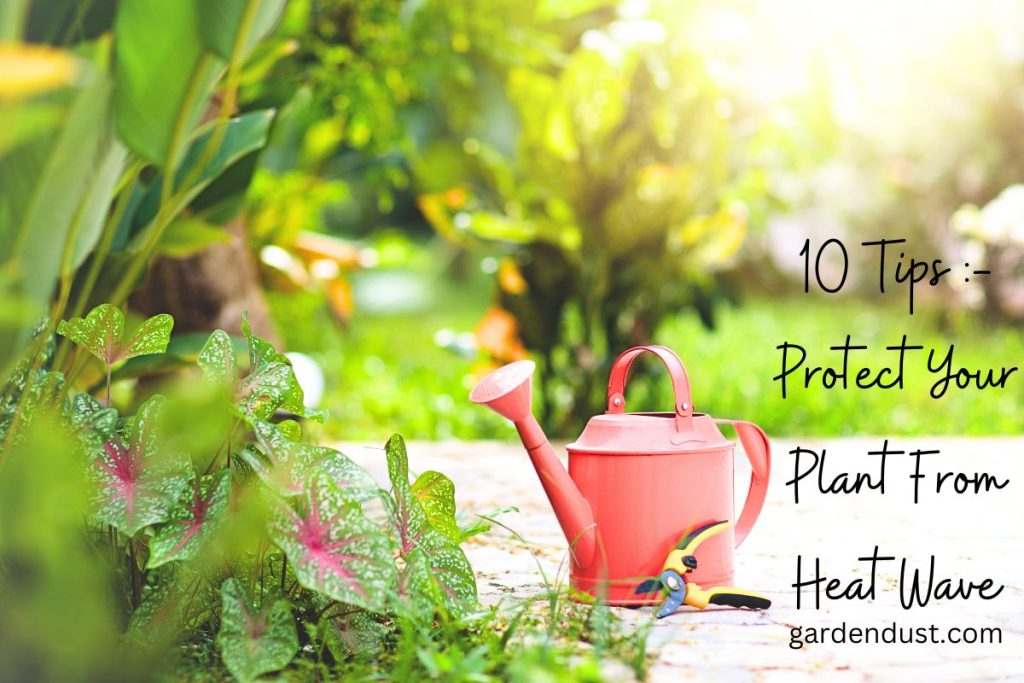During a heatwave, it is essential to take proactive measures to protect your plants from the scorching temperatures. Extreme heat can quickly dehydrate and stress plants, leading to wilting, leaf burn, and even death. To safeguard your garden during these challenging times, there are several steps you can take.
Protecting your plants from a heatwave is crucial to ensure their survival and health. Here are some gardening care tips to help you protect your plants during a heatwave:
1.Water properly: Increase the frequency of watering during hot weather. Water your plants deeply in the morning or evening to prevent evaporation. Avoid watering during the peak heat of the day as it can scorch the leaves and waste water through evaporation.
2. Mulch the soil: Apply a layer of organic mulch, such as wood chips or straw, around your plants. Mulch helps to retain moisture in the soil, keeps the roots cool, and prevents weed growth. Apply a thick layer, around 2-4 inches, to provide adequate insulation.
3.Provide shade: Use shade cloth or other types of temporary shading to protect your plants from direct sunlight during the hottest parts of the day. You can create shade by using umbrellas, canopies, or even by placing potted plants strategically to provide cover.
4.Increase humidity: In hot weather, the air tends to be dry, which can stress plants. Increase humidity around your plants by misting them with water or placing trays of water nearby. Grouping plants together can also create a microclimate with higher humidity.
5.Avoid fertilizing: During a heatwave, it’s best to avoid fertilizing your plants. Fertilizers can encourage growth and increase water requirements, which can strain the plant. Wait until the weather cools down to resume fertilization.
6.Prune wisely: Remove any damaged or dead foliage to reduce stress on the plant. Pruning can redirect the plant’s energy towards healthy growth. However, avoid heavy pruning during a heatwave, as it can further stress the plant.
7.Use windbreaks: If strong winds accompany the heatwave, consider using windbreaks such as fences, hedges, or shade cloth to protect your plants from desiccation caused by excessive wind.
8.Monitor soil moisture: Check the moisture level of the soil regularly. Stick your finger about an inch into the soil to determine if it’s dry or moist. If the soil feels dry, it’s time to water your plants.
9.Provide extra care for sensitive plants: Some plants are more sensitive to heat and require additional protection. Consider moving potted plants to shaded areas or indoors temporarily. You can also use plant covers or shade cloths specifically designed to shield vulnerable plants.
10.Be mindful of container plants: Potted plants tend to dry out more quickly than those in the ground. Check their moisture levels more frequently and consider moving them to a shadier location during extreme heat.
Remember, prevention is key, so it’s best to implement these measures before a heatwave hits. Observing your plants closely and adjusting your care accordingly is crucial during extreme weather conditions. Happy Gardening…







